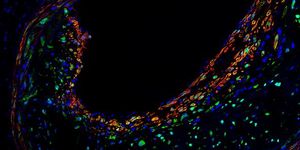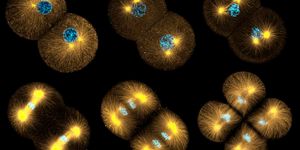All-Female Salamanders Grow Tails Back Up to 36% Faster
There is a species of salamanders that reside in the Northeastern part of North America that are basically an all-female population and don’t even need males to reproduce.
They reproduce by cloning themselves rather than by mating, which allows them to essentially keep producing new generations of offspring on their own.

Cloning, which has been known to amplify genetic mutations and issues down the line, isn’t exactly dubbed the most “fail-safe” way of reproducing, so scientists were interested in why the species hadn’t mutated much from its original form being that the cloning process was re-using so many old genes over and over.
While studying this species, Ohio State University scientists had a very strong interest in the tails. Regeneration is essentially like cloning, but only for a targeted part of the body only. Obviously, being skilled at cloning, they must have an innate ability to regrow their tails too.
To find out more, scientists snipped a few tails to watch them regenerate so they could find out what the results of grow-back tests would be. The findings were published in the Journal of Zoology and take an unexpected turn.
Without a doubt, the all-female population of salamanders were very efficient at growing back their tails, but the scientists also found something even more interesting – the all-female populations of salamanders were much faster at growing their tails back than their male counterparts were and there weren’t any major mutations in the regrowth.
Perhaps a skill learned from millions of years of cloning, their tail regeneration abilities were up to 36% faster than that of their male counterparts.
The studied species of all-female salamanders are polyploids, which means they have multiple sets of chromosomes that are thought to be the driving force behind the speedy regeneration. Many other animals, including other salamander species, are diploids or triploids, which means they only have two or three sets, but the salamanders outnumbered that by a long shot.
This advantage would have been beneficial to tissue regeneration.
Source: Ohio State University, National Geographic








